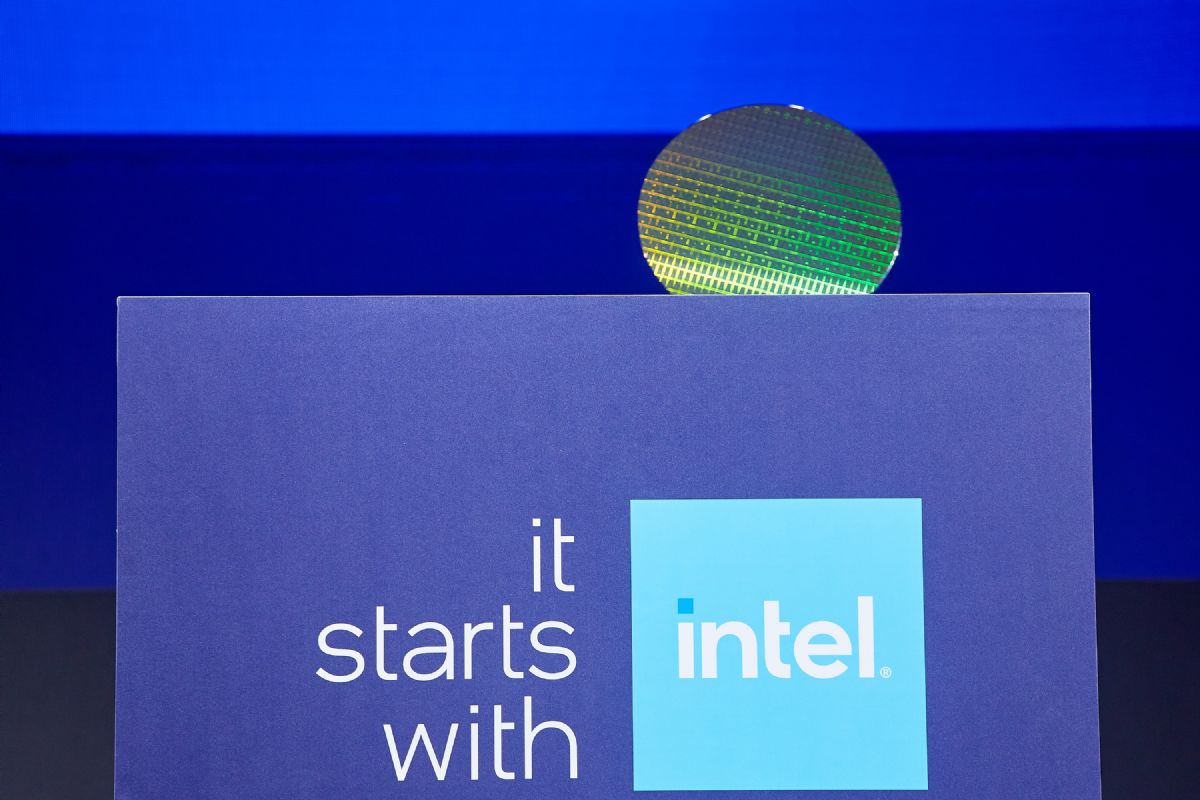
Intel's reform path has attracted much attention, and its annual conference has moved to Phoenix, Arizona, the United States for the first time. Photo by Li Jianliang
After Intel's new CEO Lip-Mo Chen took office, every move of his reforms has attracted the attention of the industry. According to the supply chain, Intel's annual conference in September will be moved to Phoenix, Arizona, for the first time. Before that, there are three aspects worth paying attention to.
The internal rectification of the road of drastic reforms ended in July
Chip industry insiders revealed that Intel has never stopped layoffs and retirements since Pat Gelsinger returned in 2021. After Lip-wu Chen took over as CEO in March 2025, he launched a restructuring plan, the latest wave of which was a 20% cut in staff.
This includes the wafer manufacturing department. However, the industry estimates that the internal reorganization is expected to be completed by the end of July, and there will be no drastic organizational changes until 2026.
Since taking office, Chen Liwu has made drastic changes to the company's structure, and there have been personnel changes every month for more than four months.
Not only did many senior executives resign, but layoffs also covered all departments and regions. The latest wave of layoffs was rare, mainly in the wafer manufacturing department, with a reduction of about 20%. For example, the Israeli plant has a total of about 1,000 employees leaving.
The supply chain said that Intel's design department reorganized three major departments to report directly to Lip-Mou Chen, including the promotion of Sachin Katti, head of network chips, to chief technology officer and head of the AI department, as well as the Client Computing Group (CCG) PC department and the Data Center Group (DCG) data center department. It is hoped that the flattening of the organization will further improve efficiency and quickly understand the current market situation.
Currently, understanding customer needs is Intel's top priority. It has also readjusted its product technology direction, emphasizing a “software”-led design approach to rebuild the trust of ecosystem partners and strengthen relationships.
Many of Intel's former employees quickly moved to major companies such as TSMC, NVIDIA, AMD and Samsung Electronics, while some Taiwanese employees went to work in supply chains such as ASUS and Gigabyte.
The annual conference moved to Phoenix and attracted much attention in collaboration with TSMC eSports
Intel will hold the "Intel Technology Tour" in Phoenix, Arizona at the end of September. This move also declares its determination to make a comeback. Chen Liwu will further explain the technologies such as 18A, 14A advanced processes and advanced packaging, as well as the progress of customer wafer production.
The outside world is currently mostly conservative about Intel's prospects, and there are constant reports that Intel will abandon external outsourcing of the 18A process and shift its focus to 14A. At the same time, the willingness of American customers who had previously announced their investment has also been greatly reduced.
However, it is reported that after Intel completed layoffs at the end of July, in addition to publicly disclosing its advanced wafer fab locations and process technology at the end of September, it will also release the latest PC and data center platform processors.
Among them, Panther Lake processors will be mass-produced in the H series in the fourth quarter. In addition, Nova Lake-S/HX/H processors will be launched quarter by quarter starting from the fourth quarter of 2026 at the earliest. The in-depth cooperation with TSMC in the 2nm process has attracted much attention.
Intel's strategic direction changes dramatically, and Taiwan's equipment supply chain welcomes it
Previously, the annual "Intel Technology Tour" conference was held in Penang, Malaysia and Taipei in 2023 and 2024, respectively.
It is worth mentioning that after the Intel conference, SEMICON West 2025 will also move to Phoenix for the first time a week later from October 7 to 9. Industry insiders interpret that this highlights the rapid increase in the importance of Arizona in the global semiconductor landscape.
It is understood that with the support of the Arizona state government and others, more than 100 semiconductor companies such as Intel, TSMC, and Amkor have moved in. As the global semiconductor market moves towards a scale of 1 trillion US dollars, it is expected to become a key stronghold for industry innovation and growth.
Intel's strategic shift has also brought new business opportunities to Taiwan's semiconductor equipment supply chain.
Semiconductor equipment manufacturers confirmed that Intel has significantly changed its strategy in equipment procurement over the past year or so. It no longer insists on cooperating with European, American and Japanese manufacturers for many years, and has also loosened the certification time and procedures, starting to lock in TSMC's long-established Taiwanese supply chain. Many equipment manufacturers have received orders from Intel or have been certified under Intel's support.
Equipment manufacturers admit that if the supply is from Taiwan, Intel's order gross profit margin is actually better than TSMC's.
Compared to Intel's previous hope that Taiwanese companies could set up factories in the United States or send personnel to provide on-site support, the estimated costs were not cost-effective, so Taiwanese companies were originally conservative.
With the Arizona state government providing subsidies and vigorously promoting it, as well as TSMC's expansion of its wafer fabs and advanced packaging plants, and the interference of chip tariffs, Taiwan's supply chain's willingness to set up factories in the United States has indeed shown a more obvious positive turn in recent times.

(獨家)英特爾年度大會首移師美國AZ 三層面解析陳立武改革路
英特爾(Intel)新任執行長陳立武上任後,改革的一舉一動,都受到業界重視。供應鏈傳出,英特爾9月年度大會,將首次移師美國亞利桑那州鳳凰城。在此之前,有三大層面值得先行留意。
www.digitimes.com.tw
